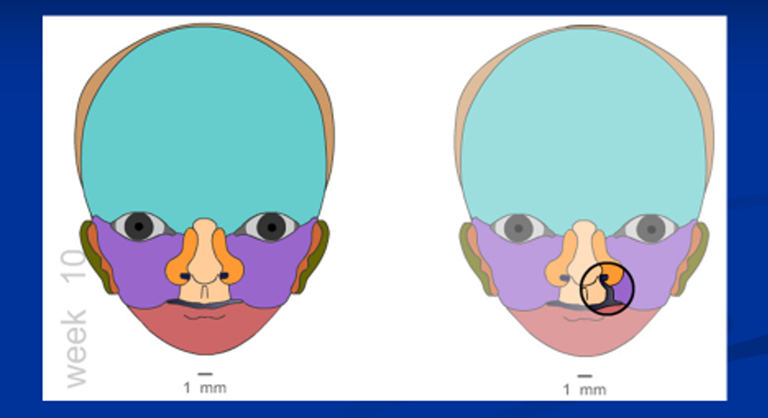Research areas
Cleft lip, with or without a cleft palate, and cleft palate alone are the most common, easily recognized cranio-facial anomalies visible at birth. The clefts are the result of alterations in embryonic development occurring between the fourth and tenth weeks of gestation. The pathology has a complex etiology, with an interaction of several genetic factors and a significant environmental contribution. The identification of the genetic and environmental causes will help to elucidate the mechanisms of facial development.
Research projects
The research endeavor seeks to clarify the pathogenesis of these malformations, particularly with respect to the identification of the genomic variants which cause an individual to have an elevated susceptibility to clefts. To accomplish the objective, a large number of samples have been collected from patients with labio-palatine clefts and their relatives and in-depth molecular analyses have been performed. The methodological approaches have varied over time as the technology has advanced.
Ongoing research objectives
Clefts involving only the palate, in cotrast to those which also affect the lips, seem to be only genome polymorphism. Considering the high level of heritability, it is likely that clefts of the palate are caused by relatively rare mutations. Identifying these mutations using next-generation sequencing techniques of the exome could lead to the identification of the genes involved; these genes could then be investigated with more targeted techniques.
